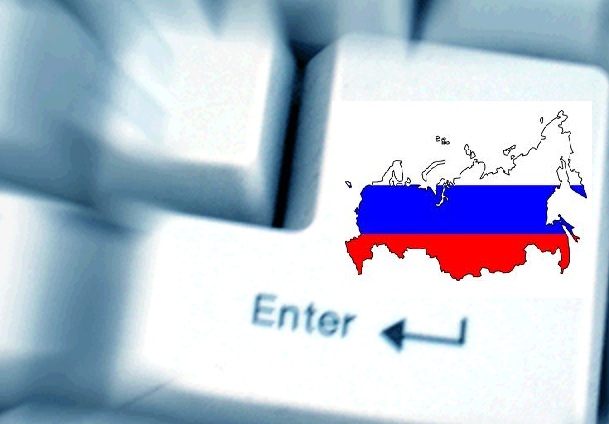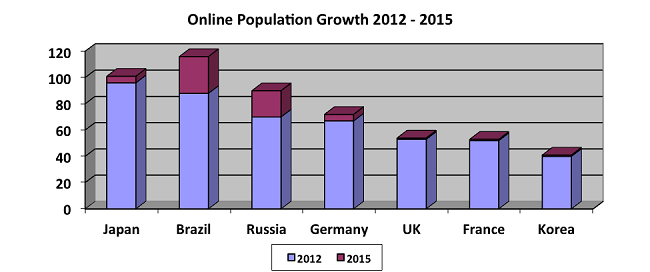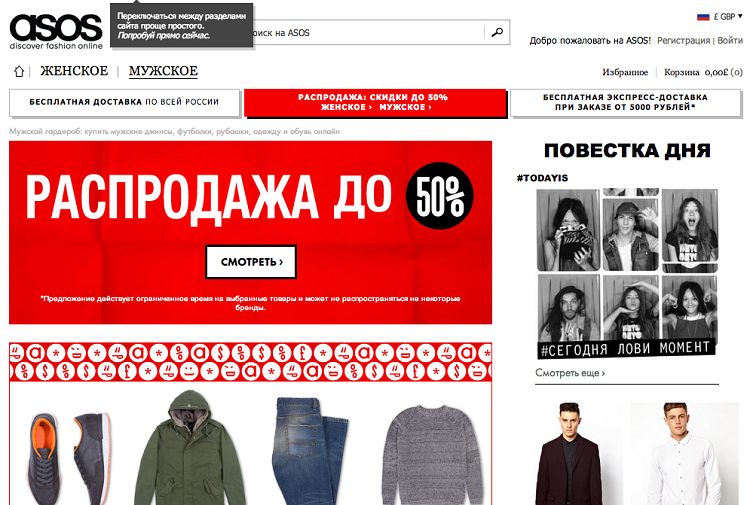E-commerce in Russia: A View from the West

We have repeatedly talked about the common problems faced by representatives of the e-commerce market. Today, we will consider another problem - the difficulties that will be put in front of foreign ecommerce companies that are going to work with Russian customers.
In the days of the Sochi Olympics, the views of the whole world are directed at Russia. The authors of the blog Econsultancy decided in more detail to tell their readers about the ecommerce market in our country, presenting some interesting figures.
')
Currently, online sales in Russia account for only 2% of the total retail market, by 2015 these figures will increase to 5% or $ 46 billion (according to Morgan Stanley).
Russian users love foreign brands. In 2013, all 25 brands that were most often searched on Yandex were exclusively foreign.
So why slow international players? After all, everything suggests that they must be present in Russia without fail. Unfortunately, recent legislative initiatives to restrict foreign online commerce have somewhat complicated the situation. Nevertheless, the Russian market is still quite promising.
Market
Internet users are almost half of the total population of Russia - 70 million people. By the end of 2014, this figure should increase to 80 million, representing 56% of the population.

This is undoubtedly a tidbit, so that Western online retailers are gradually beginning to master the Russian market. ASOS has been selling goods to Russia since 2012, just like Net-A-Porter.

EBay and AliExpress have Russian-language websites (are part of Alibaba), and Amazon delivers most of its products to our country.
At the same time, the leader of the Runet market is Ozon, whose revenue in 2012 was $ 492 million. Here is a good video in which Ozon CEO Maelle Gavet talks about market trends in Russia:
Delivery
Delivery organization is a sore point for all foreign players trying to penetrate the local market (some other rules for entering the ecommerce market are listed here ). Payment to the courier is very popular in Russia, and this leads to an increase in the number of returns. In addition, Econsultancy considers (an interesting opinion) that, despite the negative image of the Russian post, its real work is not so bad at all.
Unfortunately, some well-known freight operators, including DHL and FedEx, have suspended deliveries to our country due to changes in legislation.
Search
Another major and difficult task facing a foreign business is to work with Yandex.
There are more Internet users in Russia than in any other European country, and 61% of them use Yandex search, and 6% of Russian users have already made purchases from foreign retailers.
For ecommerce-brands in Russia, it’s important and a high-quality presence on social networks - 40 million Russians use similar sites every month - the numbers show that a good SMM-strategy is simply necessary.
Distances
In the comments to the Econsultancy post, one of the readers mentioned a couple more features of the Russian market - the vast distances and centralization of the country.
One of the main risks when entering the Russian market is distances. St. Petersburg and Moscow are still normally located, but now the third largest city in the city (Novosibirsk) is located 3300 km from the capital. And this is just the center of Siberia!
If you want to penetrate into Russia, it’s best to start from Latvia - Riga is only 1000 km from Moscow and 600 km from St. Petersburg, and the country's wages are not so high, so I would place my warehouse there, although this is just one of options.
This is a rather controversial opinion - after all, 75% of all online orders in Russia are performed by residents of non-capital cities.
findings
According to the MCKinsey & Company report, the numbers that the Russian market can offer to foreign players are very attractive - the volume of the e-commerce market in 2014 should reach $ 25 billion, and the average revenue per customer will grow to $ 1,272, which is more than in France, Brazil and South Korea
In the end, as Julie-Lynn Tikekar writes on the pages of Venture Beat:
With a 140 million, well-educated population, a large number of people versed in technology, Russia is a country ready to take its place in the global e-commerce economy. Quality products, a good online presence, competitive prices, a good website translation and a flexible set of possible payment and delivery methods are all that is needed to become a leader in one of the most powerful emerging markets in the world.
Source: https://habr.com/ru/post/212481/
All Articles